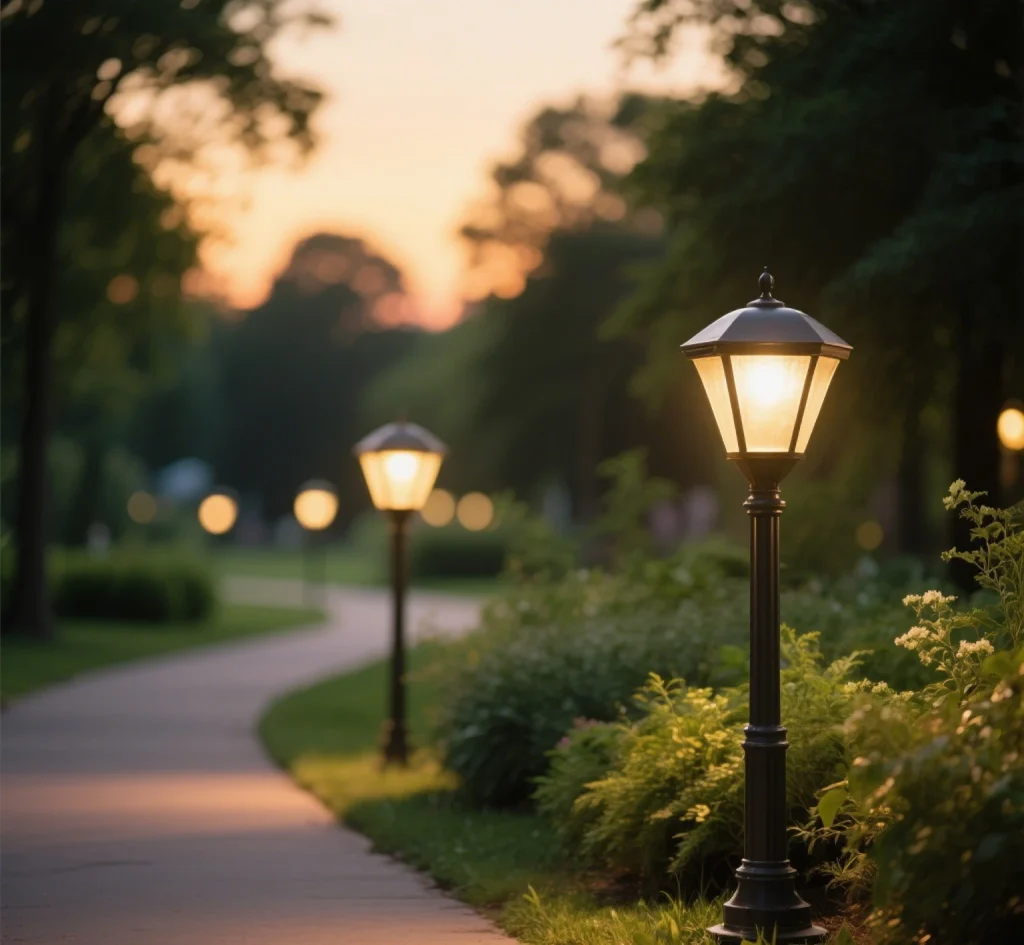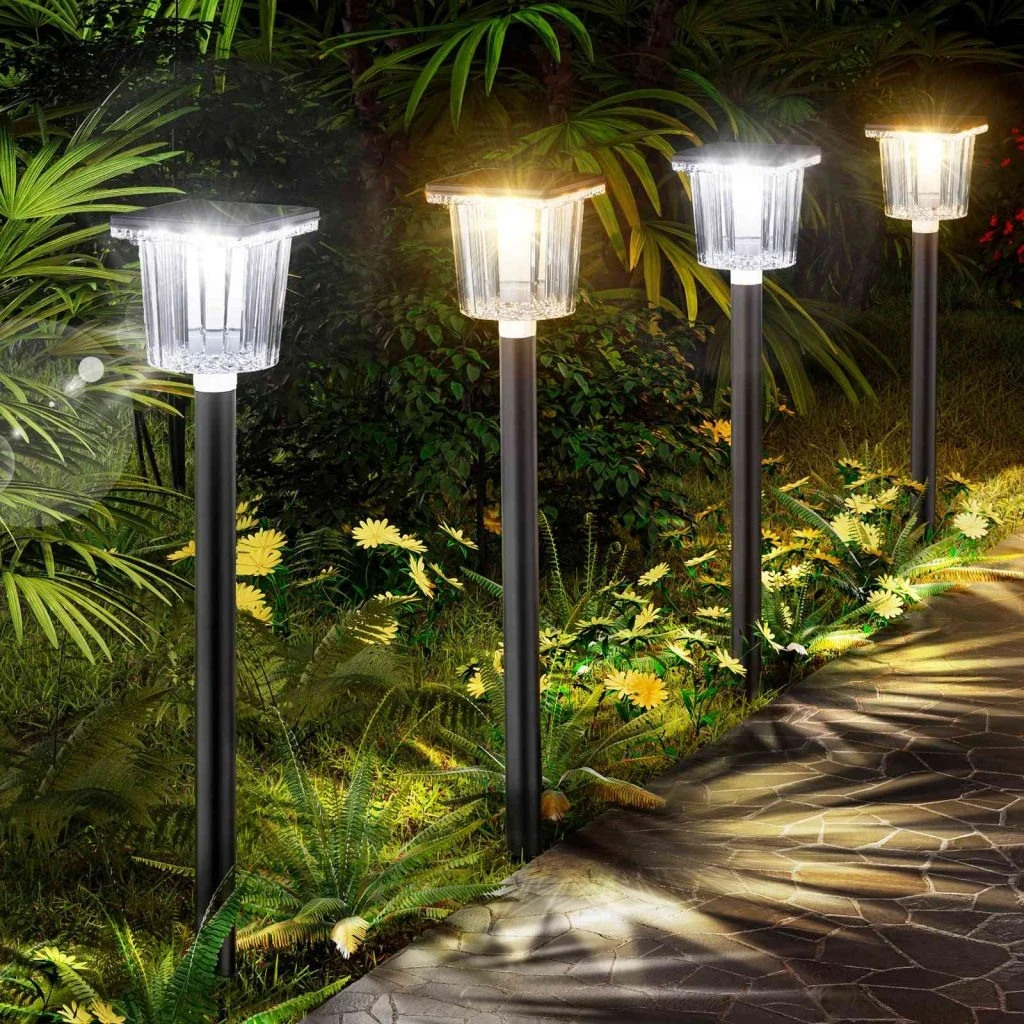Solar garden lights, as common outdoor lighting fixtures, quietly enhance our living spaces. From serene residential courtyards to artistic park pathways, they play an indispensable role. But how well do you understand garden lights? Let’s dive into some essential knowledge about them.

What to Watch for When Using Garden Lights?
During prolonged use, aging is a common issue for garden lights. If you notice signs of an aging bulb—such as red or gray ends and failure to light properly—it must be replaced promptly. This isn’t trivial; an aging bulb not only dims illumination but can also cause safety hazards like short circuits. For example, in an old neighborhood, a neglected, aging garden light bulb sparked a short-circuit fire one night. Though no serious injuries occurred, it alarmed residents. Regularly checking bulb conditions and replacing aged ones is key to safe, stable operation. Additionally, monitor overall brightness. If the light dims noticeably, it could indicate reduced bulb wattage or dust buildup on the lampshade. Address this by replacing the bulb with one of suitable power or cleaning the shade.
How Are Garden Lights Crafted?
The craftsmanship of garden lights is complex, contributing to their higher material costs. From design to finished product, the process involves multiple steps: material selection, cutting, shaping, welding, and surface treatment. However, this complexity allows for diverse designs. Whether it’s ornate European classical styles or sleek modern lines, garden lights can be crafted quickly. Take cast aluminum garden lights as an example: aluminum’s excellent fluidity and malleability enable intricate patterns and shapes. Its corrosion resistance ensures durability in harsh outdoor conditions, preventing rust and extending lifespan. Steel garden lights, known for their sturdiness, undergo advanced treatments like hot-dip galvanizing or powder coating, offering similar anti-corrosion benefits. Though pricier, these lights blend beauty and functionality, adding charm to courtyards. In upscale villa gardens, exquisitely designed lights become part of the landscape, elevating the area’s ambiance.
What Components Make Up Garden Lights?
Garden lights consist of a light source, fixture, flange plate, and foundation embedded parts. The light source, the core, is often an LED due to its energy efficiency, long lifespan, and high luminous efficacy, making it ideal for garden lights. The fixture protects the light source and distributes light effectively, with materials like glass, plastic, or metal, each offering unique transparency, durability, and aesthetics. The flange plate connects the pole to the foundation, ensuring stability. Embedded foundation parts, buried underground, provide a solid base. Garden lights typically range from 2.5 to 3.5 meters in height, offering ample illumination without overwhelming the environment. This size suits garden landscaping and urban beautification projects. In city parks, garden lights along winding paths not only guide pedestrians but also complement surrounding flora, creating a cozy nighttime atmosphere. In tourist attractions, uniquely styled garden lights become highlights, adding cultural flair.
Though garden lights seem ordinary, they hold a wealth of knowledge. Understanding these facts is invaluable for daily maintenance or selecting the right lights for landscape planning.

Comments